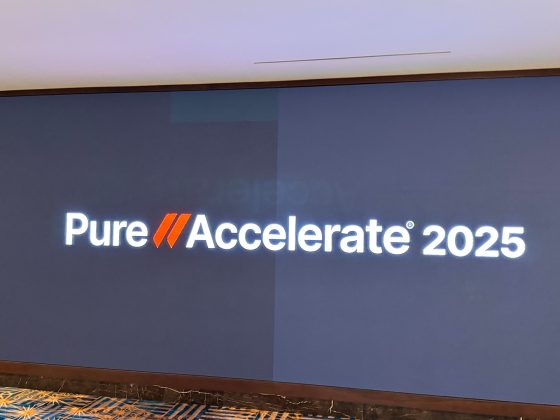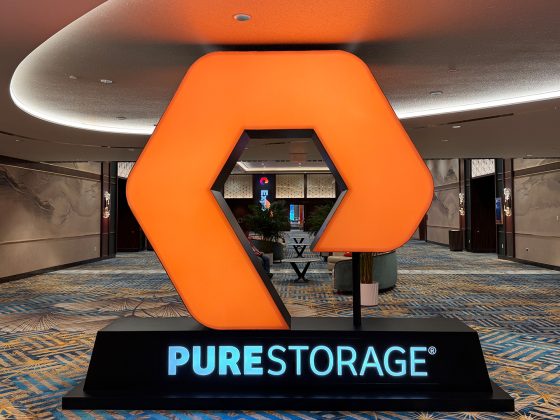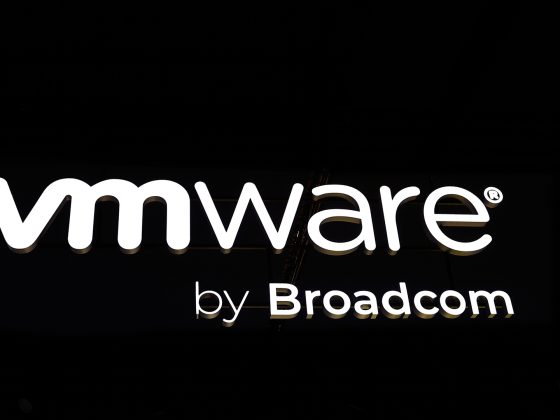The use of conventional IT infrastructures has been gradually replaced by cloud-based technologies over the years. In recent years, cloud computing has been considered a more dependable and affordable alternative. Traditional computing is a concept that is easily explained. Physical data centers have traditionally been used to store digital data and administer the whole network infrastructure for a business. As a result, users of traditional computing can only access the data that is kept on the system on which it is kept, not the data that is kept on other devices or networks to which they are linked.
Whereas cloud computing is the use of remote computer systems to help with digital data archiving, management, processing, and ordering. These solutions are typically hosted in the cloud as opposed to a physical computer or other local devices. The cloud is no longer just for techies. Businesses of all sizes need to understand what cloud computing will look like in the future. Over the past few years, the phrase “digital transformation” has gained popularity as small, medium-sized organizations and large corporations have both moved operations to the cloud and embraced online services for productivity and collaboration. The Covid-19 outbreak forced lockdowns and remote working, which served as an unexpected reality check for businesses of all sizes. The pandemic’s limitations flipped the entire world upside down, forcing many enterprises to fight for survival. Due to the current state of unpredictability and the anticipated reality of the “new normal,” an increasing number of firms are currently planning their courses toward cloud computing and digital transformation. The cloud has evolved from a technology that was initially chosen for its efficiency and cost-savings to a force in innovation. Now, it has developed beyond that!
From our partners:
Rise of the next-gen cloud:
Welcome to the Next-Gen! By automating everything, from requests to deployment and configuration—across the entire infrastructure—the next generation of cloud computing will be able to provide value to the business faster. There are five platform needs for the next generation of computing to meet these objectives:
- A platform that can accommodate numerous constituencies
- A platform unattached to any particular infrastructure
- An advanced and an intelligent platform
- A platform that is compatible with your current company management systems and procedures
First-generation clouds have demonstrated their ability in terms of enhancing scalability, reducing costs, and streamlining the installation of new business applications. The next generation of clouds does much more due to their promise of autonomy.
Ease and value of technology – Faster deployment and better resiliency:
- Automated systems: Removing manual effort, human error and cost-effectiveness
Some of the most significant cloud innovations revolve around developing automated database-management systems as data continues to increase in value. So, it should come as no surprise that a key component of a next-generation cloud is its ability to support autonomous systems that are intelligent, self-governing, and backed by machine learning (ML) and AI technologies. By demonstrating the actual power and promise of autonomous technology to enterprises, these capabilities have freed up IT experts from menial administrative tasks. Senior IT decision-makers have evolved into strategic contributors to their organizations in order to promote innovation without being constrained by database administration. The modern database administrator’s credo has evolved to be “Self-driving, Self-securing, and Self-repairing.”
Autonomous technologies have an impact on every component of the cloud technology stack, in addition to making database management simpler at the:- Application layer
- Platform layer
- Infrastructure layer
Also, automation results in more time spent doing the job that generates profits by cutting down on the amount of time employees need to complete their tasks as well as the number of employees needed for each task. As a result, the employees will have their attention to high-level tasks that drive the business forward. - Security automation
Tools geared toward operations deal with cloud services in terms of specific components they need to monitor. In order to help with security, they achieve this by automating how “what” and “who” use the services. For instance, they may keep tabs on which developers use which particular services, when, and for what reason. The program keeps track of all service usage to enable automated upgrades, change management, and configuration management—essential to development and operations.
Also, making security a priority is essential given the rise in remote work among employees, which was once a barrier to cloud adoption. Currently, more than 50% of the companies in a survey stated that their cybersecurity profile has improved with their cloud deployments, and 63% stated that the cloud environment has improved their protection from cyberattacks. - Development and implementation of cloud-native applications
Support for a cloud-native application architecture is a key feature of a next-generation cloud. This enables the development and deployment of applications using tools like microservices, containers, and auto-provisioning directly in the cloud. Advanced analytics, mobile applications, and chatbots are all made possible by cloud-native tools. Most of the management responsibilities involved in sustaining a complex software platform are eliminated by DevOps approaches. Activities for developing, deploying, and testing software are carried out in the cloud and are scalable.
Conclusion
With the right cloud solution, you can innovate continuously and be the transformational leader your company needs. In order to make data and cloud the engine of business agility, the next-generation cloud operates the most demanding workloads autonomously with unrivalled security, performance, and cost reductions. As we evolve from one computing age to the next, we see that new multi-cloud management technologies are driven by automation.
Coredge aims to safeguard your investment in data and applications and make it simple to move into the next generation. We are competent with various platforms, an extensive portfolio of solutions, and specific industry knowledge. Connect with our expert to learn more.
Guest post originally published on Coredge’s blog (https://coredge.io/the-next-generation-of-cloud-management-and-automation/)
Published at Cloud Native Computing Foundation
Source: Cyberpogo
For enquiries, product placements, sponsorships, and collaborations, connect with us at [email protected]. We'd love to hear from you!
Our humans need coffee too! Your support is highly appreciated, thank you!



